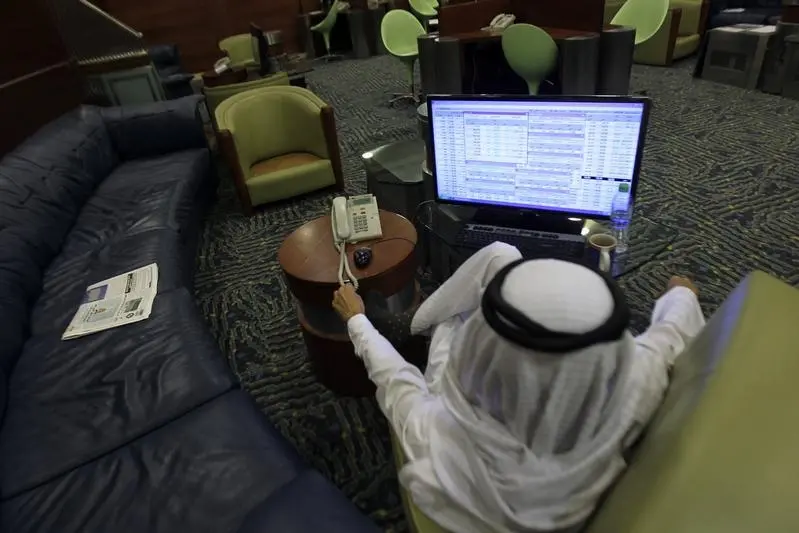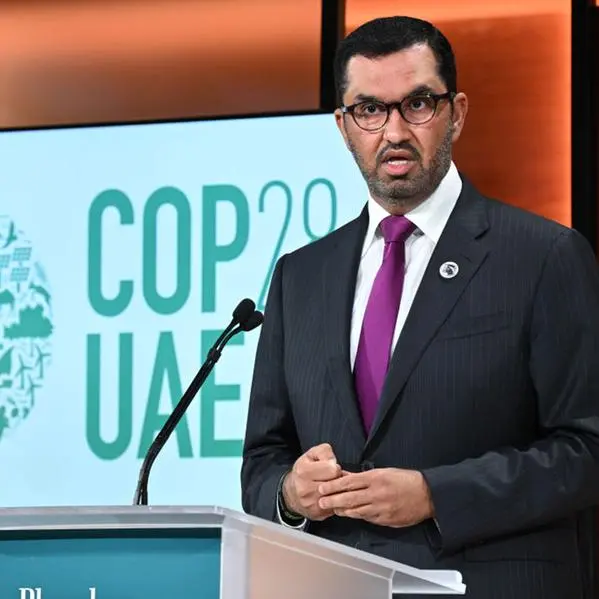PHOTO
Sunday, Apr 10, 2016
Dubai: Fiscal squeeze from shrinking oil revenues over the past two years and a bleak outlook for oil prices in the next few years is clearly resulting in some rethinking of economic policies in Saudi Arabia, reminding one of the ‘New Deal’ policy in the United States Following the Great Depression.
The New Deal was a series of domestic programmes enacted in the United States between 1933 and 1938, and a few that came later. They included both laws passed by Congress as well as presidential executive orders of President Franklin D. Roosevelt. The programmes were focused on what historians refer to as the “3 Rs,” Relief, Recovery, and Reform: relief for the unemployed and poor, recovery of the economy to normal levels, and reform of the financial system to prevent a repeat depression.
The Saudi Kingdom endowed with huge (reserves) may not be in exactly the same dire situation as US in depression years, but the new generation Saudi leaders clearly want a fiscal framework to diversify away from oil driven and state dominated economy to a self-sustaining market economy avoiding the boom — bust cycles in the future.
Last week, for the second time this year Saudi Deputy Crown Prince Mohammed bin Salman laid out plans to sell shares in Saudi Aramco the world’s largest state oil company and create the world’s largest sovereign wealth fund.
Prince Salman suggested in his Bloomberg interview that up to 5 per cent of the parent company could be listed, along with (possibly larger stakes) of various subsidiaries to raise required funding for the ambitious transformation of the region’s largest economy.
Saudi Aramco is the world’s leading oil producing company. It has about 10 million barrels per day of output, or about 10 per cent of global production, and reserves of about 160 billion barrels. The company also has large refining and petrochemical interests inside Saudi Arabia and internationally, including in the United States.
Post- IPO, the Public Investment Fund (PIF) would hold on-paper a an estimated $2 trillion making it the largest sovereign wealth fund in the world.
“We believe that a potential IPO of Saudi Aramco could ease key macro concerns regarding unsustainable debt accumulation and forex reserves drawdown. It would also confirm the economic reform credentials of the current Saudi administration and its financial preparedness for a potentially prolonged period of low prices, in our view,” said Jean-Michel Saliba, Middle East economist at Bank of America Merrill Lynch.
While a partial monetisation of Aramco assets alone is expected to ease the fiscal pressures and generate resources for ambitious economic reforms, analysts and economists are waiting to see the Saudi road map for change expected to be unveiled later this month.
“The main catalyst to watch for in the near-term is the approaching publication of the National Transformation Plan (NTP) under the leadership of the Council for Economic and Development Affairs (CEDA) headed by the Deputy Crown Prince. The NTP is likely to introduce both a medium-term fiscal framework and growth-supportive supply-side reforms. The impetus for reform is positive, although slippage on implementation is a risk,” said Saliba.
The reform initiatives comes at a time when Saudi Arabia, the world’s largest oil exporter, struggles to reform its economy. A decade-long boom left the kingdom’s economy heavily dependent on oil, which provides most of the government’s income, and made the state far and away the country’s biggest employer. The drop in oil prices — to about $39 a barrel from more than $100 a barrel in June 2014 — undermined that model, leading to huge budget deficits and vast cuts in public spending.
Analysts say there is an urgent need for broader economic reforms to wean the economy from oil dependence and wasteful spending. Rachel Ziemba, an analyst at Roubini Global Economics, estimates that Saudi Arabia is burning up its financial reserves at the rate of $10 billion to $15 billion per month. She estimates that the kingdom has about $600 billion left.
Oxford Economics estimates that low oil prices in 2016 will result in Saudi government more committed to fiscal consolidation. The Saudi Arabia led the way in the region, with its dedication to a prolonged period of subsidy cuts, public wage constraint and non-oil taxes.
Following the recent period of robust growth in public expenditure, the government in Saudi Arabia is now planning to moderate the pace of such spending expansion due to the persistent drop in oil revenues. Analysts said a combination of more expensive credit and more frugal governments will result in slow credit demand from the private sector.
Rating agency Moody’s anticipates that government spending growth will slow from 14 per cent on average between 2010 and 2014. “We expect that this slowdown in government spending will be credit negative for Saudi banks as it will dampen credit growth and moderate deposit flows to the banks” says Olivier Panis, a VP-Senior Credit Officer at Moody’s.
Alongside multi-year lows in high-frequency indicators such as private bank lending and money growth, non-oil sector expansion will slow. Capacity constraints and a less aggressive policy stance will limit increases in oil production, leading to total GDP growth of 1.2 per cent this year.
By Babu Das Augustine Banking Editor
Gulf News 2016. All rights reserved.












